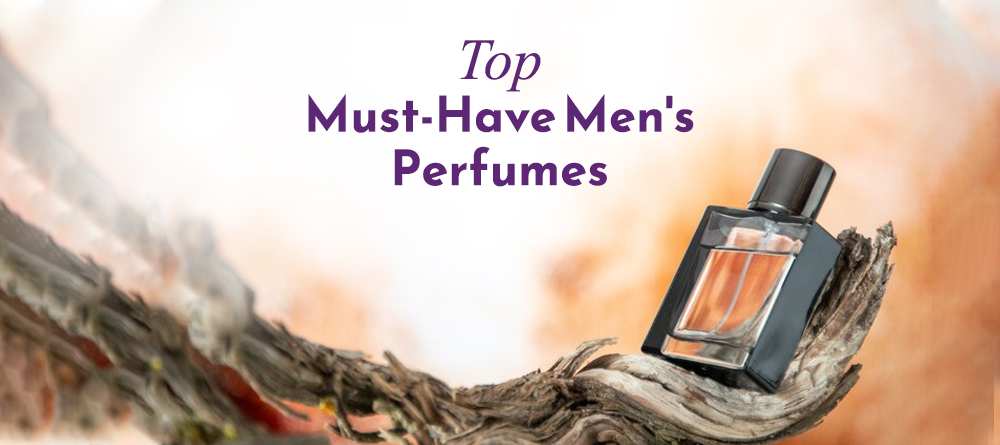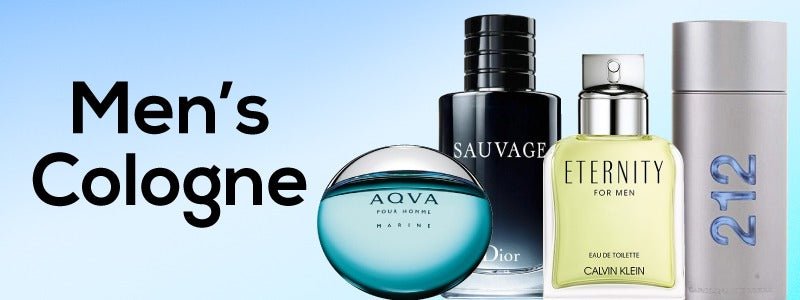Best Perfumes for Spring 2024: Fresh Scents for the Period
Best Perfumes for Spring 2024: Fresh Scents for the Period
Blog Article
From Traditional to Modern: A Trip With the Evolution of Perfumes and Scent Trends
As we stand at the threshold of perfumery's abundant history, the trip from traditional to contemporary scents bids us to witness the elaborate tapestry of scents woven through time. The evolution of fragrances and scent fads mirrors the ever-changing landscape of social norms, imaginative activities, and technical improvements.
Historic Origins of Perfumery
The historical roots of perfumery can be mapped back to ancient worlds such as Egypt, Mesopotamia, and China, where fragrant oils and scent were made use of for spiritual ceremonies, routines, and individual adornment. In ancient Egypt, fragrances held substantial social and religious relevance, with fragrances like incense, cedarwood, and myrrh being frequently made use of. The Egyptians also established innovative strategies for drawing out essential oils from plants and blossoms, laying the structure for modern perfumery.
In a similar way, Mesopotamians made use of perfumes in religious events committed to their deities. The famous Impressive of Gilgamesh, one of the earliest making it through works of literature, even mentions the importance of perfumery. In China, fragrant materials were used in numerous types, including incense, sachets, and in showering rituals. The Chinese likewise established ingenious methods for mixing scents, which later on influenced perfumery methods in various other parts of the world.
These old civilizations not just appreciated the pleasurable scents however also identified the symbolic and spiritual significance of fragrances, paving the means for the advancement of perfumery with the ages.

Development of Standard Fragrances
Having actually developed an abundant historic structure rooted in old civilizations, the evolution of traditional scents showcases the long-lasting influence and innovation that have actually defined perfumery over time. Traditional fragrances, such as Chanel No. 5, Shalimar by Guerlain, and Joy by Jean Patou, have actually stood the examination of time by exciting generations with their timeless aromas. These legendary fragrances commonly feature an unified mix of leading, center, and base notes, developing intricate olfactory experiences that evoke nostalgia and class.
The advancement of classic fragrances is marked by a balance between custom and modernity. While these ageless aromas maintain their initial essence, perfumers continuously adjust to altering preferences by including contemporary twists. Traditional fragrances have actually motivated countless modern developments, offering as a foundation for the growth of brand-new scent profiles and combinations.
In today's market, traditional scents remain popular amongst customers that appreciate the style and refinement connected with these iconic scents. As perfumery remains to develop, classic scents serve as a suggestion of the withstanding appeal and artistry that specify the world of perfumes.

Impact of Modern Innovations
A remarkable shift in the fragrance sector has been moved by the integration of modern innovations, reshaping the landscape of perfumery with advanced strategies and ingredients. Developments in biotechnology have enabled the creation of synthetic versions of all-natural scents, offering perfumers with a larger series of options to collaborate with. Molecular purification methods have actually enabled the removal of purer and extra focused significances, causing the growth of longer-lasting scents.
Additionally, making use of expert system and machine understanding algorithms has changed the procedure of scent creation by examining consumer choices and market trends to anticipate the following prominent scent notes. This data-driven method has assisted perfumers tailor their creations to meet the progressing demands of the marketplace. Additionally, sustainable practices have actually ended up being a crucial focus in Continue contemporary perfumery, with a growing focus on environment-friendly sourcing, manufacturing, and product packaging. By integrating these contemporary advancements, perfumers are not just pressing the boundaries of creativity but also aligning with the values of today's aware customers.
Changing Patterns in Scent Market
Among the vibrant landscape of the scent market, noticeable shifts in consumer choices and market dynamics are shaping the trajectory of perfumery fads. One remarkable pattern is the rising need for sustainable and environmentally friendly fragrances. Customers are ending up being more ecologically mindful, causing a preference for perfumes made from all-natural active ingredients and lasting manufacturing methods.
In addition, there is an expanding passion in gender-neutral and unisex scents as traditional sex standards remain to blur. Brand names are progressively concentrating on creating fragrances that attract a varied range of preferences and identifications, reflecting the developing societal perspectives towards gender and uniqueness.
In terms of scent accounts, fresh and tidy scents are gaining popularity, matching the modern choice for minimalism and simplicity. On the various other hand, facility and unique fragrances inspired by different cultures and regions are also making a mark in the industry, dealing with customers seeking one-of-a-kind and immersive olfactory experiences.
Exploring Olfactory Experiences Today
In the world of modern perfumery, the expedition of olfactory experiences today digs right into a varied tapestry of scents that mesmerize the senses with advancement and creativity. Modern perfumers are pressing limits by integrating unusual notes and distinct mixes to produce olfactory work of arts that interest a vast array of choices.
One prominent fad in existing olfactory experiences is the surge of niche fragrances. These specialized scents provide to people looking for distinct and unique perfumes that set them besides conventional offerings. Specific niche perfumes typically focus on high-grade ingredients and craftsmanship, providing wearers with a feeling of high-end and uniqueness.
Furthermore, sustainability and eco-consciousness have become indispensable to modern olfactory experiences. Perfume homes are progressively focusing on eco-friendly practices, from sourcing active ingredients morally to using recyclable packaging - perfumes. Consumers are drawn to fragrances that not only smell beautiful yet also line up with their values of sustainability and duty
Conclusion

As we stand at the threshold of perfumery's abundant history, the journey from classic to modern-day fragrances her comment is here bids us to witness the detailed tapestry of aromas woven via time. Traditional fragrances, such as Chanel No (perfumes). 5, Shalimar by Guerlain, and Pleasure by Jean Patou, have actually stood the test of time by captivating generations with their ageless scents. Classic fragrances have actually motivated numerous modern creations, serving as a structure for the view publisher site advancement of new scent accounts and mixes
In addition, the use of artificial knowledge and device understanding algorithms has changed the process of scent production by analyzing consumer preferences and market patterns to forecast the following prominent fragrance notes. As fads shift and new aromas emerge, the trip via the advancement of perfumes uses a glimpse into the dynamic nature of the scent sector and the enduring appeal of scent exploration.
Report this page